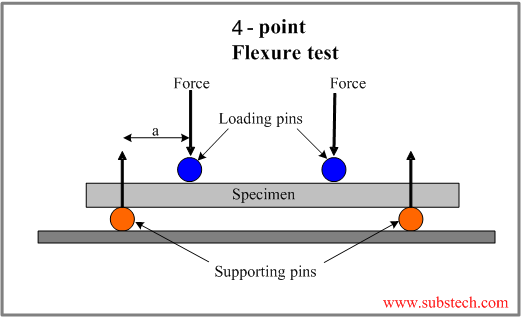
To study the effect of geometry on the CCM results, ENF specimens with different adhesive thicknesses, substrate thicknesses and span lengths were also considered in this study, and some general conclusions are made about the geometrical parameters effect on the Mode II fracture energy. It is shown that the fracture loads obtained by the CCM have the best agreement with the experimental ones comparing with the other data reduction approaches. This work investigates the mode II fracture toughness of a melt-infiltrated SiC/SiC CMC at ambient temperature using the ENF and ELS test methods. Afterwards, the obtained fracture energies were used as an input parameter in a finite element (FE) analysis with a cohesive zone model to evaluate the validity of the experimental data. Several test methods for measuring the mode II fracture toughness have been proposed in the literature, namely, the end-notched flexure (ENF) and the end-loaded split (ELS) tests. Different data reduction methods were considered for treating the results.

#END NOTCH FLEXTURE TEST CRACK#
Therefore, a stable crack propagation can be observed. The new feature of this specimen is a varying beam height giving nearly constant Mode II values with respect to crack length. This specimen is called the tapered end-notched flexure (TENF) specimen (Fig.1). A simple design study for sizing the ENF specimen to minimize geometric nonlinear response and to avoid nonlinear material behavior or flexural failure is presented. the end-notched flexure beam tested in three-point bending. For this purpose, ENF specimens were manufactured and tested. The end notched flexure (ENF) specimen is examined as a candidate for measuring interlaminar fracture toughness in skew symmetric loading. The calculation modes are named here as modes I and II and are based on the beam theory and 95 previously published data on the elasticity properties of woods. In this study, the application of a compliance calibration method (CCM) for ENF adhesive joints with a brittle adhesive is experimentally investigated. stress intensity factors by tests using double cantilever beam (DCB) and three-point end-notched flexure (3ENF). Classic data reduction methods like the direct beam theory (DBT) and the compliance-based beam method (CBBM) usually result in unacceptable scatter when crack grows unstable.

Unstable crack growth in ENF joints with brittle adhesives is a common phenomenon. The end-notched flexure (ENF) test is widely used for measuring the Mode II critical strain energy release rate of adhesively bonded joints (ABJs).


 0 kommentar(er)
0 kommentar(er)
